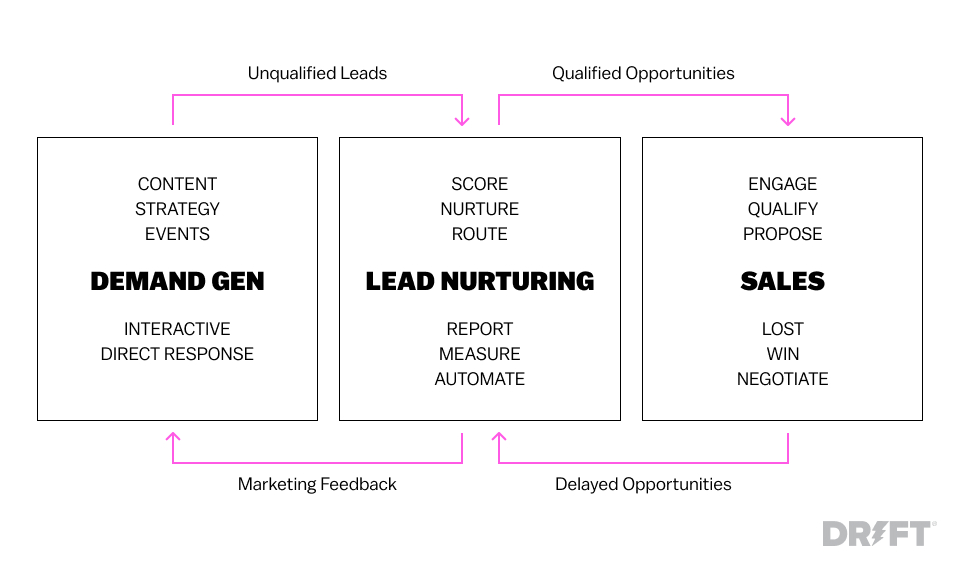Introduction
Assignment 1.3 highlights the significance and purpose of technical definitions in writing. Students are taught to distinguish between levels of detail, choose appropriate details, and understand how definitions vary based on audience and objective.
Complex Term
Demand Generation
Situation
UBC Camps is hosting a seminar discussing the various skills and interests like marketing, business analytics that young adults can acquire through participating in the spring/summer camps at UBC.
Parenthetical Definition
Demand generation (data-driven marketing strategy).
Sentence Definition
Demand generation, in the realm of marketing, is a technique that utilises data to create interest and recognition for a company’s product’s, with the ultimate objective of fostering long term with customer engagement.
Expanded Definition
History
The term “demand generation” originated in the early 2000s, when businesses started to realise the importance of having a comprehensive approach to attracting and engaging potential customers. The concept of demand generation was first used in a marketing context to describe a data-driven, multi-channel approach to attracting and nurturing leads, with the ultimate goal of driving revenue growth (Katz, 2003).
Over time, demand generation has become an integral part of the modern marketing landscape, with organisations investing in programs and strategies aimed at increasing demand for their offerings and driving long-term customer engagement and business growth (Simms, 2010). The word “demand” refers to the interest and desire for a company’s products or services, while “generation” refers to the process of creating and fostering that demand (Hayes, 2008).
Current
Today, demand generation is widely recognised as a critical component of a company’s overall marketing strategy and is used by businesses of all sizes and across all industries to achieve sustainable success. Companies are investing in data analytics, content marketing, and lead nurturing strategies to improve their demand generation efforts and drive business growth (Simms, 2010).

References:
HubSpot (2020) Demand generation strategy playbook.
Katz, M. (2003). The Rise of Demand Generation. Marketing Insider Group.
Simms, L. (2010). The Evolution of Demand Generation. MarketingTechBlog.
Hayes, D. (2008). Understanding Demand Generation. B2B Marketing Insider.
Leave a Reply